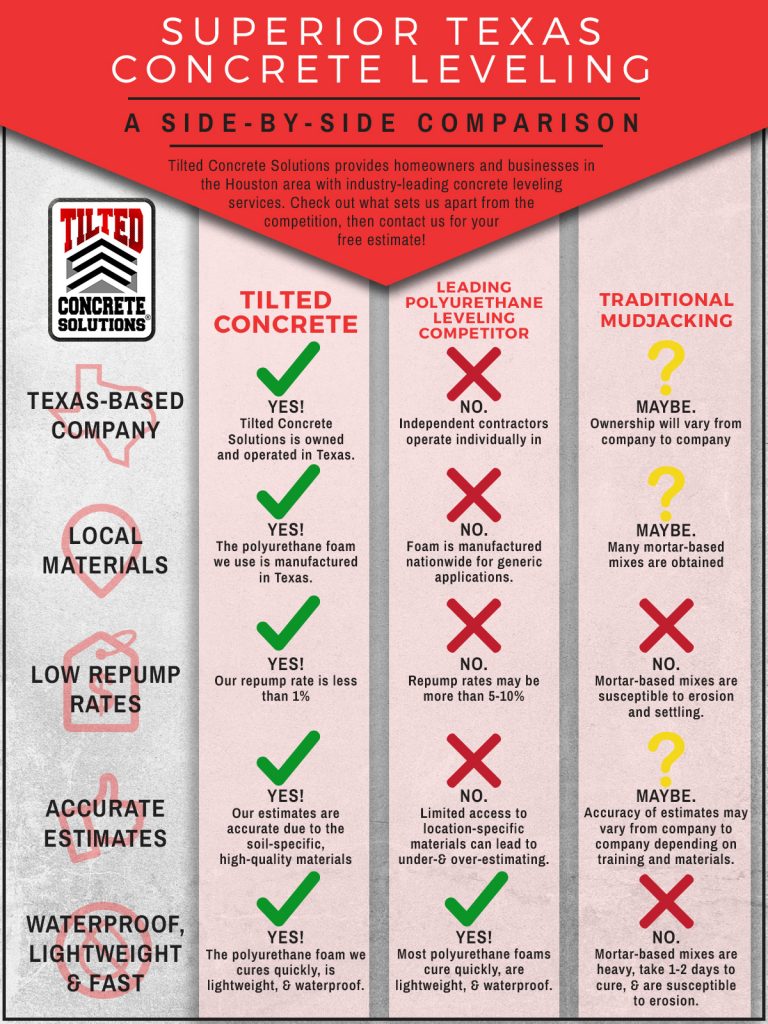Essential Seasonal Aspects Of Commercial Exterior Paint: What You Should Understand
Essential Seasonal Aspects Of Commercial Exterior Paint: What You Should Understand
Blog Article
Post Created By-Fox Decker
When you're intending a commercial external paint job, seasonal elements can make or damage your results. You'll wish to think about just how temperature level and moisture impact paint application and drying out times. Choosing hire painters can guarantee your paint sticks effectively and lasts longer. Yet which periods are absolutely the best for this type of job? Allow's explore the crucial elements that can influence your job's success.
The Effect of Temperature on Paint Application
When you're planning an industrial external painting job, the temperature level can significantly affect just how well the paint adheres and dries out.
Ideally, you intend to paint when temperatures range in between 50 ° F and 85 ° F. If it's too cold, the paint may not heal properly, resulting in issues like peeling or breaking.
On the other side, if it's as well hot, the paint can dry too rapidly, protecting against appropriate bond and resulting in an unequal coating.
You need to likewise consider the time of day; morning or late afternoon offers cooler temperature levels, which can be a lot more positive.
Always check the supplier's recommendations for the particular paint you're making use of, as they typically provide support on the perfect temperature array for optimal results.
Moisture and Its Result on Drying Times
Temperature isn't the only environmental element that affects your industrial exterior paint job; moisture plays a considerable function too. High moisture degrees can reduce drying times considerably, impacting the overall quality of your paint task.
When the air is filled with wetness, the paint takes longer to heal, which can bring about problems like bad attachment and a higher risk of mold development. If you're repainting on an especially damp day, be gotten ready for extended delay times between layers.
It's essential to keep track of regional weather and plan appropriately. Ideally, go for moisture degrees between 40% and 70% for optimum drying out.
Keeping these factors in mind guarantees your job stays on track and supplies an enduring surface.
Best Seasons for Commercial Exterior Paint Projects
What's the most effective time of year for your commercial external paint tasks?
Spring and early fall are generally your best bets. Throughout these periods, temperature levels are mild, and humidity levels are frequently lower, developing ideal problems for paint application and drying out.
Avoid summertime's intense heat, which can create paint to dry also swiftly, causing inadequate bond and finish. Likewise, just click the following document can hinder proper drying out and healing, risking the longevity of your paint work.
Aim for days with temperature levels in between 50 ° F and 85 ° F for optimal results. Remember to check the local weather prediction for rain, as wet conditions can wreck your job.
https://jasperwitbk.idblogz.com/34853309/explore-the-current-techniques-and-fads-in-home-paint around these factors ensures your painting project runs efficiently and lasts longer.
Final thought
To conclude, preparing your business exterior painting tasks around seasonal considerations can make a substantial difference in the result. By organizing work throughout the suitable temperatures and moisture degrees, you'll ensure much better adhesion and drying times. Bear in mind to keep an eye on neighborhood weather forecasts and pick the right time of year-- springtime and very early autumn are your best bets. Taking these steps will assist you accomplish a sturdy and professional finish that lasts.
